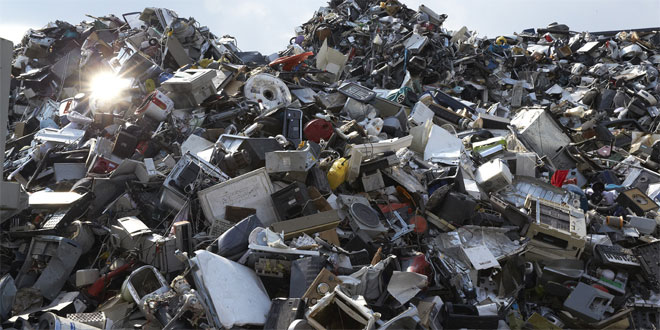Morocco’s central bank has decided to maintain the current key rate at 3 percent and expects the country’s economic growth to be limited to 2.1 percent in 2024, before rebounding to 4.3 pc in 2025.
During its first meeting of 2024 held Tuesday in Rabat, the Board of Bank Al Maghrib said the key rate has been maintained unchanged to strengthen the anchoring of inflation expectations and secure the price stability.
The bank said it took note of the resilience of the global economy in 2023, despite the monetary policy tightening and geopolitical tensions, as well as the easing of inflationary pressures at a faster-than-expected pace.
At the national level, after an estimated deceleration in 2023, non-agricultural growth is expected to gradually improve, supported by public investment, while agricultural production continues to suffer from the recurring droughts and exacerbating water stress.
Regarding domestic inflation, after a peak of 10.1 % in February 2023, it fell back to 3.4 % in December, ending 2023 with an average of 6.1 %, after 6.6 % in 2022. The experts of Morocco’s central bank expect the inflation to slow further to 2.2 % this year and 2.4 % in 2025.
The Bank said there are significant uncertainties surrounding the economic outlook and inflation trends linked, at the international level, to geopolitical tensions and elections in many countries and, at the domestic level, to weather conditions and water stress.
According to Bank Al Maghrib projections, Morocco’s economic growth which stood at nearly 3 % in 2023, is likely to be limited to 2.1 % in 2024, before accelerating to 4.3 % in 2025.
Morocco’s trade deficit narrowed by 7.3 pc in 2023 due to a 2.9 pc decline in imports and virtually stable exports though the energy prices remain surrounded by considerable uncertainty, fuelled by geopolitical tensions and disruptions in maritime shipping in the Red Sea. The price of raw phosphate is expected to revert from 271 dollars per tonne to 197 dollars, and then to 162 dollars respectively.
The country’s crop year was marked by adverse weather conditions, with low and unevenly distributed rainfall, both across the territory and over time, which impacted the area sown to cereals. The latter was around 2.5 million hectares, compared with nearly 3.7 million hectares a year earlier.
According to Bank Al-Maghrib projections, cereal production is likely to total around 25 million quintals, against 55.1 million quintals a year earlier.
Against this backdrop, agricultural value added is expected to contract by 6.4 pc in 2024 before rebounding by 12.8 pc in 2025, under the assumption of a return to an average cereal harvest of 55 million quintals.
Non-agricultural activities would improve from 2.6 pc in 2023 to 3 pc in 2024 and then to 3.5 pc in 2025, reflecting, particularly, the expected momentum of investment linked to the various ongoing and planned projects
Morocco’s energy bill is expected to contract by 5 pc in 2024, before rising by 4.7 pc in 2025 to $12 billion.
As for exports, they are expected to grow by 4.1 pc in 2024 and by 8.5 pc in 2025, driven by the good performance of the automotive sector and the recovery in sales of phosphates and derivatives.
Benefiting from the expected momentum in tourism, travel receipts are forecast to continue to improve at a rate of around 7.5 pc a year, reaching $11.9 billion in 2025. Remittances are also expected to remain high at $11.5 billion in 2024 and $12.1 billion in 2025.


